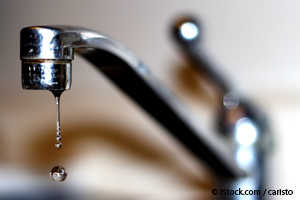Around the globe, 1 in 4 cities face water stress, which means there’s an inability to meet human and ecological demands for water. Unlike water scarcity, which defines a lack of available water supply, water stress may also encompass lack of water due to problems with water quality, water accessibility and more.1
In a nutshell, only about 3 percent of the water on Earth is fresh water, which is dependent on rain for replenishment. Fresh water stored in aquifers, meanwhile, is being increasingly depleted, at a rate that cannot be naturally restored.
In some areas, pollution has left water largely undrinkable while industry (often the same ones responsible for the pollution) is draining underground aquifers at alarming rates. Industrial agriculture is a prime culprit. As reported by The Economist:2

